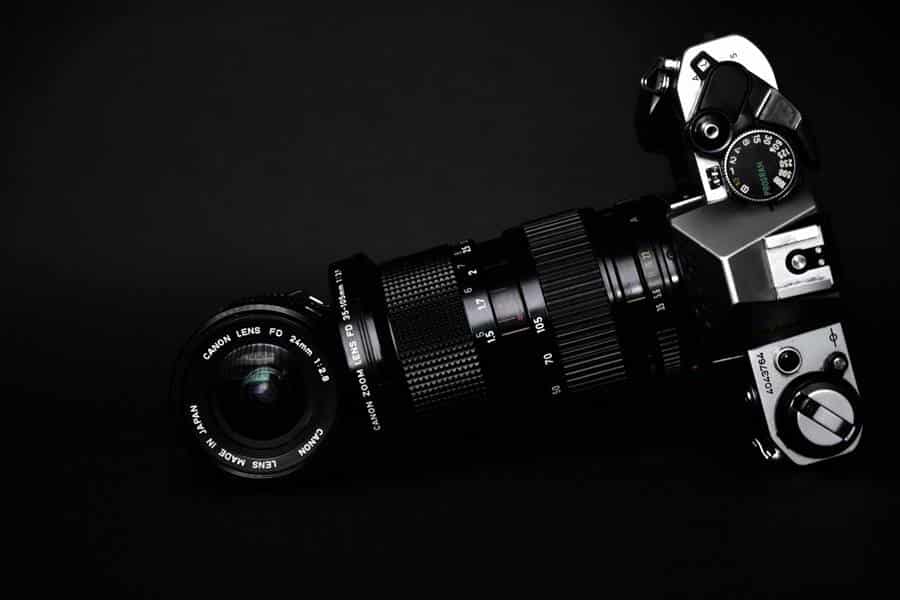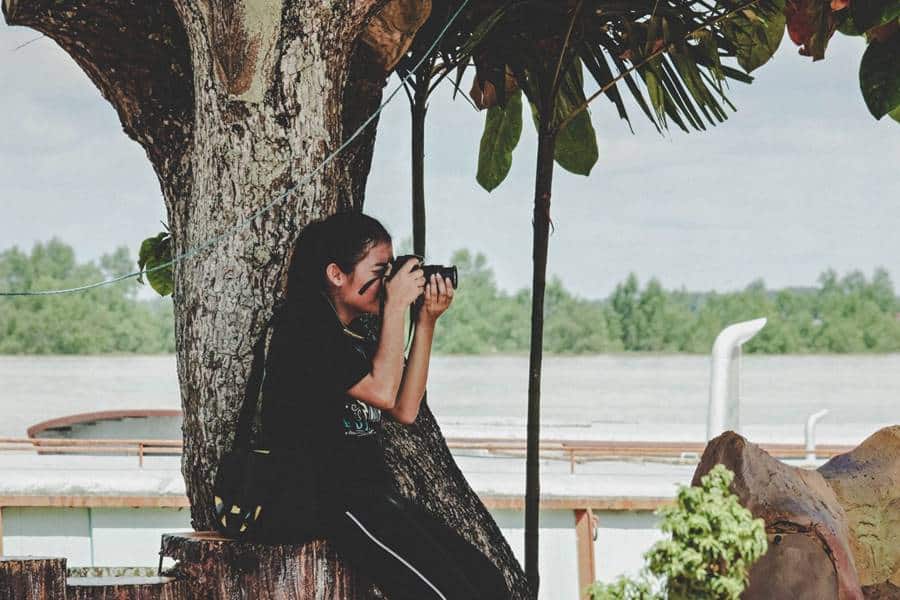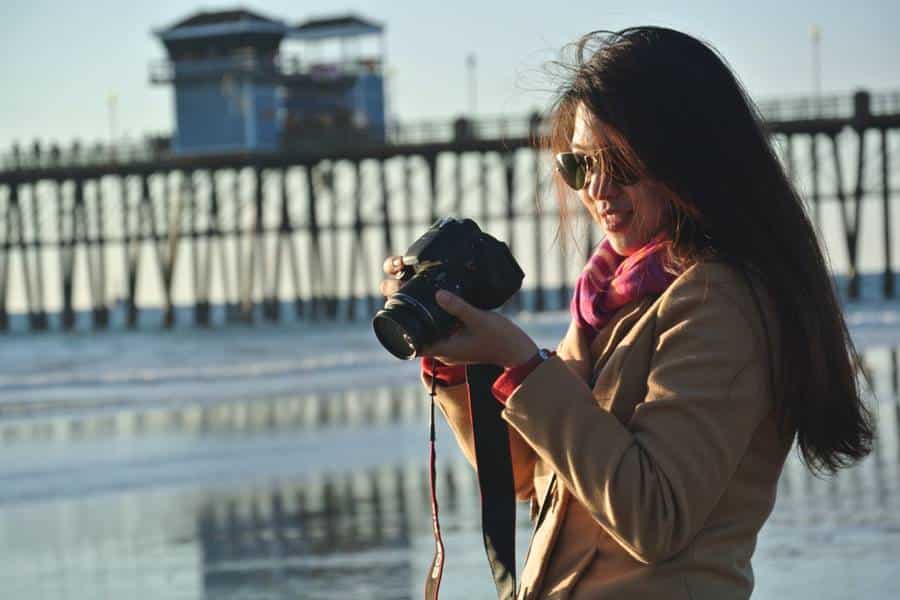It is a question that I am asked a lot, and that as often does not have a simple answer. It deserves to dwell a little on this recurring problem. Sometimes we write an article, and several years later we realize that it is one of the most read articles on the blog, and the most commented. And with all that, a lot of questions.
In this article we’ll discuss 3 reasons why a 50 mm f/1.8 will make you a better photographer, and it deserves greater precision, given the number of times I have been asked the same question.
I wrote it a long time ago, and reading it again, I realize that I still completely agree with myself. It is reassuring 😀 today I will probably add what I write today.
Indeed, I am often asked if it is better to take a 35 mm or a 50 mm f/1.8 when you are on APS-C sensor, because the 35 mm “corresponds to human vision”. As always, the answer is neither yes nor no, but rather “it depends”.
A History of Sensor Size
I will not repeat the full article on the size of the sensor, but to sum up, on a device with APS-C sensor (reflex or hybrid by the way), a 35 mm corresponds to a 50 mm in equivalent 24×36 (real focal), and a 50 mm corresponds to an 85 mm in equivalent 24×36.
What does that imply? Well 50 mm of focal “equivalent 24×36”, it is a focal length that is called “standard”, that is to say that it will give an angle of view that will be little or no that of the human eye: to make it simple, putting it to your eye, you will not be surprised by the angle of view (while if you put a 400 mm to the eye, you have the impression of looking through binoculars).
That is, it will not be too wide-angle (that is, with a wider angle of view than that of the eye, which encompasses a larger part of the scene), nor too telephoto (that is, with a narrower angle of view, which enlarges the scene).
An 85 mm will be a small telephoto lens. That is, it will somewhat “bring” your subject, nor allow you to photograph the hairs of a full-frame fly at 300 mm. 😉
So, What to Choose?
You know what the difference is between the two, but maybe you’re still wondering which one to choose? And this is because you have not defined your need well: it is always the first question to ask when choosing material. 😉 😉 😉
It must be admitted that if we recommend the 50 mm f/1.8 so often, it is partly thanks to its price. Indeed, it offers all the advantages that I give in the article I’m talking about at the beginning, but above all it offers them for an absolutely ridiculous price without derogating from the optical quality. I mean, a target for less than 100 bullets, these days, it’s almost a miracle. If it was the 35 mm f/1.8 that offered this price, we would probably recommend it as much.
Only here, the 35 mm f/1.8 is generally more expensive. So, if you want to test the benefits of a very large aperture (be it in terms of low light management or shallow depth of field) and a fixed focal length by spending as little as possible, it is clearly towards the 50 mm f / 1.8 that you have to turn. It will always serve you anyway.
But assuming that the budget is large enough for a 35 mm (which is also not overpriced, we talk about $200-300 in general), what to choose and in what situation?
The 35 mm
Due to its more neutral focus, a 35 mm f/1.8 on APS-C will be more versatile. Typically, if you want to use it for street photography, everyday life, group portraits (be careful to close the diaphragm a little to have everyone net), etc.
If you are on hybrid micro 4/3, the 20 mm f/1.7 (equivalent 40 mm in 24×36) or the 25 mm are also ideal for this use.
Fixed focal lengths with large aperture are often labeled “portrait”, but be careful not to get too close to your subject with this type of focal, because you will deform the face (the famous “big nose effect”, due to the perspective). Do not get closer than a bust framing, avoid the tight portrait.
The 50 mm
The 50 mm on APS-C will be less versatile in terms of focal length. Often, if you want to make a group photo, you will have to step back a lot to have everyone in the frame for example.
On the other hand, it will excel in one area: the portrait. You can go so far as to make a tight portrait with this, as opposite. Not too small part of the face either, otherwise here again you will distort the features. But it will really be very comfortable in this area, allowing you to pretty much perform all the classic framing of the portrait without much trouble.
That’s it, so it all depends once again on what you want to do with it. If you hesitate between the two, use a simple method: take the zoom of the kit, and lock it on 35 mm for a day or a week, with a piece of scotch or rather gaffer for example. See if you feel comfortable with the focal. Then do the same at 50 mm.
You will quickly see which of the two focal lengths best matches the use you want to make of them. That’s it, so it all depends once again on what you want to do with it. If you hesitate between the two, use a simple method: take the zoom of the kit, and lock it on 35 mm for a day or a week, with a piece of scotch or rather gaffer for example. See if you feel comfortable with the focal. Then do the same at 50 mm.
You will quickly see which of the two focal lengths best matches the use you want to make of them.
I hope this article will help you better choose and dispel this dilemma. And you, rather 35 or 50 mm? 😉
And don’t forget to share the article! 🙂


